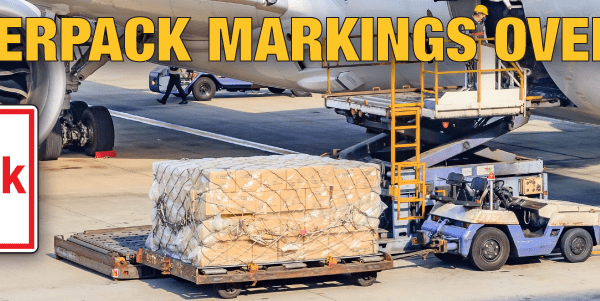Shipping dangerous goods can be an expensive process. Employee training, specification packaging, insurance premiums, DG freight surcharges, rejected shipments – these are just a few costs that are incurred by those who ship dangerous goods. While some of these costs are fixed, many can be reduced if a little planning is done on the front end. To avoid wasting unnecessary money, here are a few points to consider before you package your shipment:
- Freight forwarders – a useful resource to organize the movement of your freight to its final destination. Many make the mistake of assuming they shop around for the cheapest rates or method; however, freight forwarders are often restricted to carriers they have contracts with, and with how the package is currently being offered for transport
- Cargo Aircraft Only – when shipping by air, this always appears like the best option because the quantities allowed are so much less restrictive than passenger planes. Putting all your containers inside one giant box isn’t always the smartest choice, though. Unless you are shipping with a courier which exclusively uses cargo planes, like FedEx, cargo planes service far fewer destinations and are generally more expensive
- Consolidated shipments – many companies don’t think twice about shipping dangerous goods and non-hazardous cargo together. The problem lies in the fact that dangerous goods shipments are usually subject to steep surcharges. Although a consolidation may be convenient, it may also result in dangerous goods surcharges being applied to the entire shipment. Depending on the size and weight of the non-hazardous portion, the difference can be exorbitant
- Exemptions – taking advantage of applicable exemptions can save you money. For example, shipping limited quantity via ground or marine not only exempts you from UN packaging, but – since the goods are not subject to documentation (for ground) or segregation (for marine/ground) requirements – the freight on these LCL shipments will likely be cheaper as well





